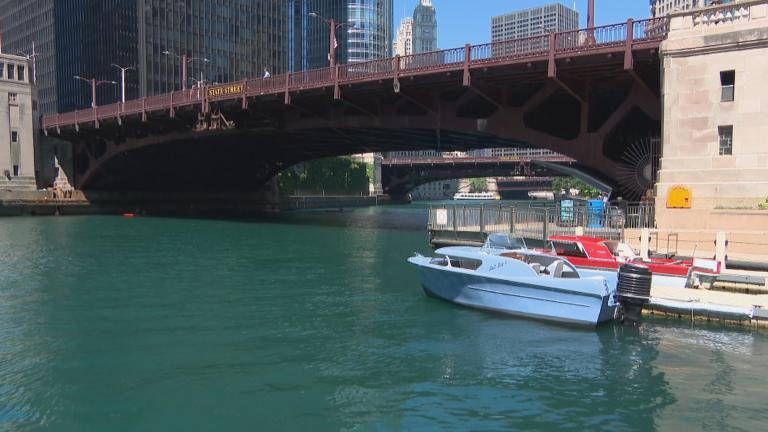The annual Perseid meteor shower will hit its peak in the coming days, and may even put on its best display in years thanks to diminished competition from a waxing crescent moon.
Between midnight and dawn is considered prime time for meteor watching, though NASA scientists have narrowed that window to 3:30-4:30 a.m. on Thursday and Friday for optimal viewing.
No equipment is necessary to enjoy the show, just bring along a little patience. Look up to the northeast (if you’re good with constellations, locate the meteors’ namesake Perseus) and allow your eyes to adjust to the dark, which means no peeking at your phone screen to pass the time.
The caveat, as with many astronomical events, is that the experience will vary greatly depending on your proximity to urban light.
NASA breaks down viewing conditions as such: very dark country skies, “I can see the Big Dipper” suburban skies, and “What are stars?” city skies.
Under very dark skies in northeast Illinois, people can expect to see 45 meteors an hour during the Perseid shower. In the suburbs, that number plummets to nine. And in Chicago, folks will have to content themselves with quality over quantity. Those lucky enough to observe even a single Perseid, which is actually a bit of debris from the comet Swift-Tuttle, should know that it had to be uncommonly bright to penetrate the city’s light pollution.
There’s another way to enjoy the Perseids without leaving the house: NASA will host a livestream on its social media channels (Facebook, Twitter and YouTube), running from 10 p.m. Wednesday to 5 a.m. Thursday, or the same hours Thursday and Friday in case of clouds.
Contact Patty Wetli: @pattywetli | (773) 509-5623 | [email protected]








